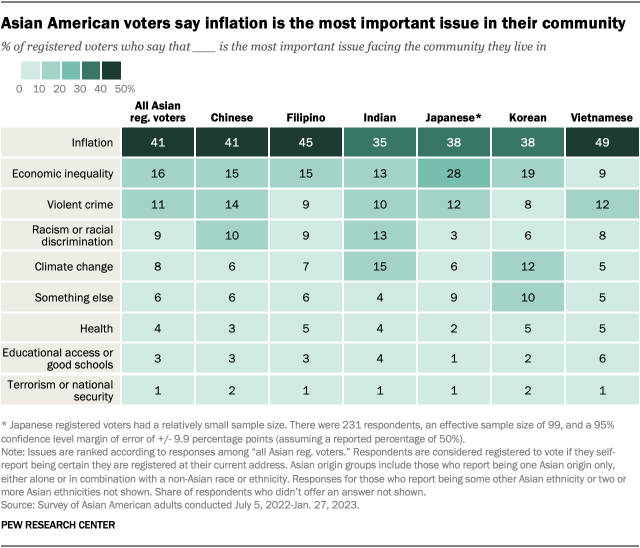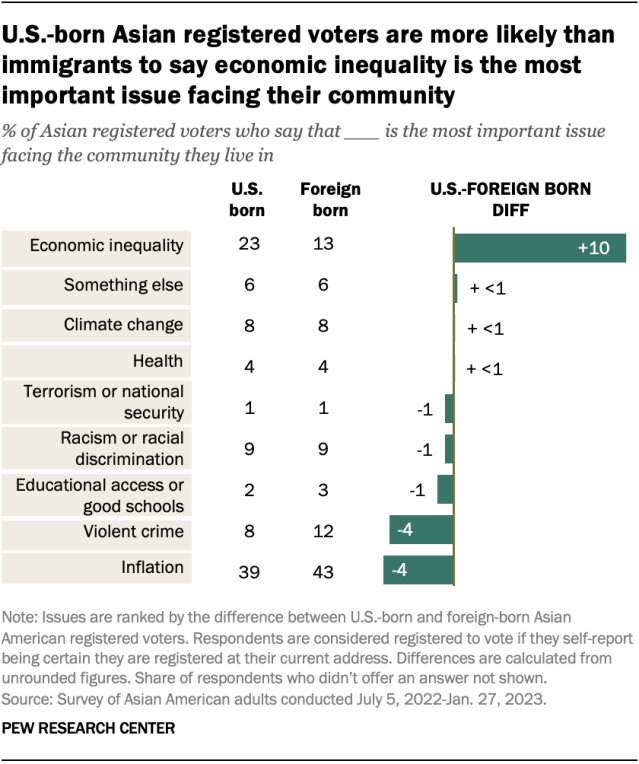The United States Commission on Civil Rights released the report Tuesday, "The Federal Response to Anti-Asian Racism in the United States." Based on extensive research, expert and public testimony, the report assesses the rise in anti-Asian hate crimes in the US from 2019 through 2021, and the federal role in preventing and enforcing federal hate crime laws.
“The report indicates that language barriers are impeding the reporting of incidents and that many incidents that do not meet the legal criteria for hate crimes, such as racial slurs or being spat on, still evoke fear but go unaccounted for in official statistics. said Commission Chair, Rochelle Mercedes Garza.
This report examines three main areas: 1) national trends and data regarding the rise of hate incidents and hate crimes against members of Asian communities; 2) local and state law enforcement’s prevention and reporting practices regarding hate crimes; and 3) federal efforts and policies that encourage greater participation in reporting hate crime incidents, as well as prosecution and enforcement efforts to prevent hate crimes.
“Ultimately, the absence of adequate performance metrics poses a significant challenge in assessing the federal government's effectiveness in combating the surge in hate crimes against the Asian community," said Garza.
● A major impediment to understanding the severity and magnitude of hate crimes against persons of Asian descent is the lack of comprehensive data.
● The transition to the NIBRS data collection has been slow for some agencies: for 2021, the number of participating agencies within the FBI hate crime database was 11,834, compared to the 15,138 participating agencies for 2020 data, and many of the agencies that have not submitted 2021 data are the largest jurisdictions.
As a result, the report concludes, hate crime victims are less likely to report incidents due to fear of retaliation, concerns that justice would not be served, and distrust in the criminal justice system.
Another major barrier to gaining a comprehensive understanding of the magnitude of hate violence against Asian communities may be due to incidents not rising to the legal benchmark of a hate crime. Many incidents that are reported to community organizations, such as being spit on or called racial slurs are not accounted for in official numbers, yet still invoke fear in community members
 |
SCREEN CAPTURE / X Rep. Grace Meng, left, gets a briefing on the report from Civil Rights Chair Commission ChairRochelle Mercedes Garza. |
“As the only Asian American Pacific Islander currently serving on the Commission, this report has a deep personal connection to me,” said Filipino American Magpantay. “I am the survivor of a hate crime for being gay from 25 years ago and the victim of a hate crime for being Asian from 25 months ago.
Rep. Judy Chu, chair of the Congressional Asian Pacific American Caucus, welcomed the report but acknowledged that more needs to be done to address the continuing attacks against Asian Americans.
"While there have been comprehensive efforts to address the alarming increase in anti-Asian hate crimes since the coronavirus pandemic began, like the enactment of the COVID-19 Hate Crimes Act, the findings in this report show that more must be done to ensure this law is fully implemented and the civil rights of AANHPIs are fully protected."




















